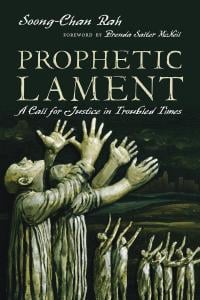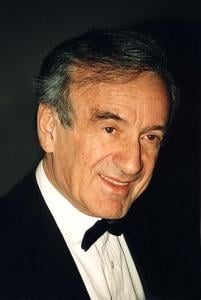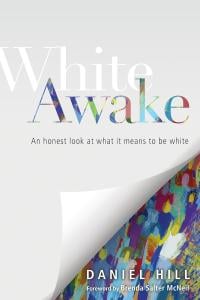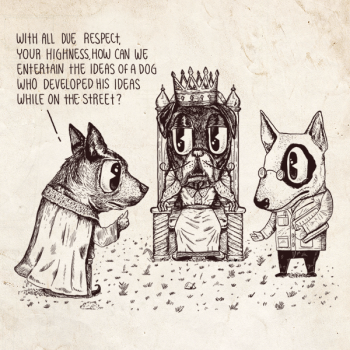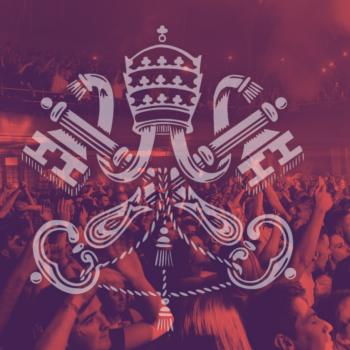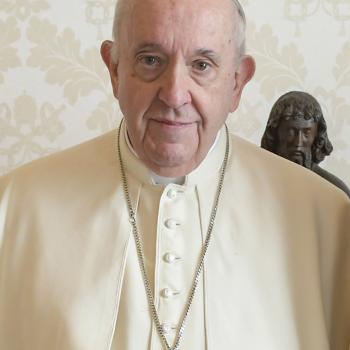In my February I talked about Untangling Critical Race Theory: What Christians Need to Know and Why it Matters by Ed Uszynski. In this post I want to continue reflecting on some of the gems in this very significant book that he says he wrote primarily to white evangelicals.
Untangling chronologically walks the reader through the rise of Marxism, critical theory, and finally Critical Race Theory (CRT). For each, Uszynski explains the historical context, the issues they were addressing, and even how these ideas have evolved over time and been misused by some. This is a much more intellectually honest approach to CRT and its applications than the culture warrior approach where writers willy nilly connect various ideas in this pedigree merely to expose their Marxist roots so they can condemn them.
In multiple chapters Uszynski thoughtfully explains the tenets of CRT and responds to all of the anti-CRT sentiments so common in white evangelical circles. He does similarly with such related concepts as social justice, individual and corporate responsibility, white supremacy, and confessing the sins of others. His explanations reveal what many academics already knew, namely that what passes for informed critique of CRT in most white evangelical circles is little more than distortions, caricatures, and cherry picking of the most extreme CRT arguments.
Although I have not studied the writings of the legal theorists who have developed CRT, my graduate level understanding of African American history prepared me well to appreciate the arguments of CRT scholars. Two examples here: Uszynski’s explanation of Derek Bell’s interest convergence theory based on the trajectory of public education since Brown, reminded me of Mary Dudziak’s influential Cold War Civil Rights: Race the Image of American Democracy that is coming out in a 25th anniversary edition in June. Dudziak compellingly explains how our nation’s Cold War international relations objectives made it beneficial for the US federal government to end racial segregation in America. Historians who know this history don’t have to read Derek Bell to understand interest convergence theory.
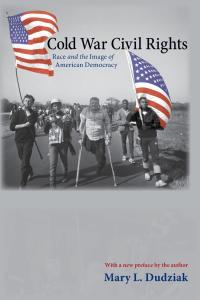
Likewise, any historian who understands the expansion and subsequent contraction of opportunities for black Americans in the Revolutionary War era, during Reconstruction and Jim Crow, and during the 1960s and beyond (e.g. Michelle Alexander’s The New Jim Crow, Republican Party’s “Southern Strategy” and Lee Atwater) knew there was a “reform/retrenchment dialectic” in American history without reading Devon Carbado’s 2011 Connecticut Law Review article that employed the phrase.
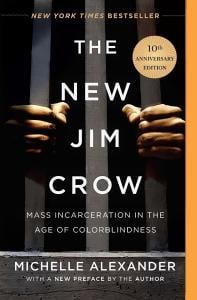
Uszynski is particularly helpful in his response to four common “stumbling blocks” many white evangelicals experience when thinking about CRT, and race more broadly.
The first stumbling block for many is understanding the idea that racism is “normal” in America. Uszynski clearly explains this:
The most fundamental starting point in every definition of CRT says that racism is “normal” or “endemic “ or “ingrained in the fabric and system of American society. . . It means as human beings living together on this land, we’ve got a several-hundred-year history of marking people with consequential value labels based on the color of their skin. That behavior is a normal part of American life. It’s not an outlier attitude – generally, it’s how the majority has operated at least since Bacon’s Rebellion. (164)
Duh! Why is it so difficult for evangelicals to admit this conspicuous historical fact? The only answer I can think of is massive ignorance of our nation’s history. My only question is whether this ignorance in willful.
A second commonly heard stumbling block is that CRT is harmful because it “divides” us into groups of oppressors and the oppressed. I have never understood this charge, and I’m thankful that Untangling directly confronts the folly behind this statement. “It’s ridiculous to suggest CRT created the racial dividing lines as though they didn’t already exist. . . it’s important to recognize that many, if not most POC never really felt that assumed unity.” (178 – 179) As an African American, I can’t tell you how refreshing it is to hear a white evangelical comprehend the fact that black Americans (as well as other nonwhites) are frequently reminded, and always aware, that they are not white — even in scenarios when white people aren’t thinking about race at all! American nonwhites don’t ever “forget” that they are not white, and thus “other.”
Untangling further unpacks this “oppressor/oppressed paradigm” criticism and appends a shrewd twist:
It’s too simplistic to suggest CRT labels those with white skin as oppressors and those with nonwhite skin as victims. I’ll replace that simplification with one that is more accurate: CRT tries to expose how “groups” came to be labeled in the first place, identifies meaning systems attached to those groups leading to good/bad hierarchies, and then seeks to disrupt whatever needs to change in an effort to reestablish imago Dei equality. (178).
While some readers may be thrown off by this last sentence because CRT theorists aren’t concerned with the imago Dei, Uszynski is demonstrating that in some instances the goals of CRT fit seamlessly with foundational concepts of a Christian worldview, if we will learn to listen to understand, rather than listen to launch an argument.
A third concept that trips up many evangelicals is what it means to “confess the sins of others.” Uszynski very plainly explains:
It means their hearts break for the idolatrous rejection of God in their family or community line. It means they recognize sin destroys and has consequences in peoples’ lives, and as human they feel a godly sense of sorrow for it. It means, with great humility, they recognize before God their connection to their ancestors and acknowledge that the consequences of their forefather’s sins till hove over the landscape, including their own hearts. . . . our commitment to individuality undoubtedly hinder sour ability to feel this kind of spiritual connections to past and future generations. . . But folks in the Bible embrace their genealogies—both for good and bad. . . . In a country –more importantly, in a church—that’s been ravaged by racial sin, why wouldn’t it be a recurring part of our spiritual condition to continue acknowledging it? Not because of woke pressure or social trendiness, but because we recognize the devastation wrought in people lives because of both past and current racial sin. (188-189)
Untangling passages like this helpfully highlight how much us Americans need to be reminded that the extreme individualism of our culture is neither “normal” nor “natural” around the world, or throughout recorded history, and that our cultural default too often prevents us from properly perceiving and faithfully applying important biblical teachings found in such passages as the book of Lamentations, Ezra 9, Nehemiah 9, and Daniel 9.
Soong Chan Rah’s study on Lamentations
The term “white privilege” has created much offense and consternation because so many use it in an inept and ineloquent manner. Uszynski’s definition cuts to the chase: “It is an invisible comfort produced by not having to worry about skin color at all.” (192) “It is not having to feel like a minority or contend with the psychological stress that comes with being one.” (194) Surely this makes sense to the thoughtful Caucasian who is honestly seeking to understand CRT and the reality of race in America.
Untangling also contains many valuable and insightful observations. I want to highlight just two.
The first is Uszynski’s claim that there is something worse than racism in our churches today: ethnic indifference. It is worse because a racist hates, but indifference feels nothing. “It just doesn’t care. It doesn’t bother itself with the concerns of others, especially others outside our ethnic circle.” (153) He argues that while white churches may no longer be filled with blatant racists, many are filled with racially indifferent people. “But for Christians, a posture of indifference doesn’t correspond with being “in Christ.’” (153) He points out that Elie Wiesel once asserted that indifference is the opposite of love and hence is the “epitome of evil.”
Holocaust Survivor Elie Wiesel
Another powerful observation Uszynski makes is the value of a white person submitting to the leadership of a person of another racial identity. He says that a white person’s racialization doesn’t get tested until they are a minority in a space where nonwhites are in charge. The church where I am a member is probably 45/40/15 black/white/other. My pastor is white, and he refers to one black pastor his “mentor,” and yet another black pastor “my pastor.” I do not think this is unrelated to the large number and percentage of African Americans in his church and ministry at all levels. Currently the only regular preacher beside our white senior pastor is an African American. In White Awake, pastor Daniel Hill also sings the praises of white leaders having non-white voices and mentors in their life.
There is so much more to praise about this valuable book than I have room to include. I have just provided a small sampling of its many valuable insights. Following the logic of this book will lead an honest evangelical to realize that a properly nuanced understanding of CRT means that one has to give up the premise that it is an evil boogeyman. I’ve been saying for twenty years to anyone who will listen: If CRT is so bad, why don’t Christian thinkers produce their own analysis of how power works in human society to the advantage of some and the disadvantage of others, all the while creating abuse and injustice for people made in the image of God? Until Christian historians and other scholars want to offer an alternative analysis of how power operates in specific times and places, the only academic famework available to study the marginalized and dispossessed will have Marxist roots, but there are plenty of biblical passages that can help the believer to see that the misuse and abuse of power studied by Marxist inspired scholars is actually sin functioning through systems and structures, and as such, it is not new (Old Testament prophets anybody?) and it is hated by God as much as individually committed sins between individuals.
As I said in my second post in this series, Christians are not asking the right questions. Where are the scholars at Christian universities who studying the experiences of the marginalized and dispossessed in American history – or anywhere else in the world? Why do they only want to study the writings of white Americans and European Christians, Christian institutions and evangelism, and the ideas contained in western political documents? Where is the explicitly evangelical research into the experiences of African Americans, Native Americans, and first generation immigrant populations?
This book is a tremendous gift for white evangelicals . . . if they will receive it.


